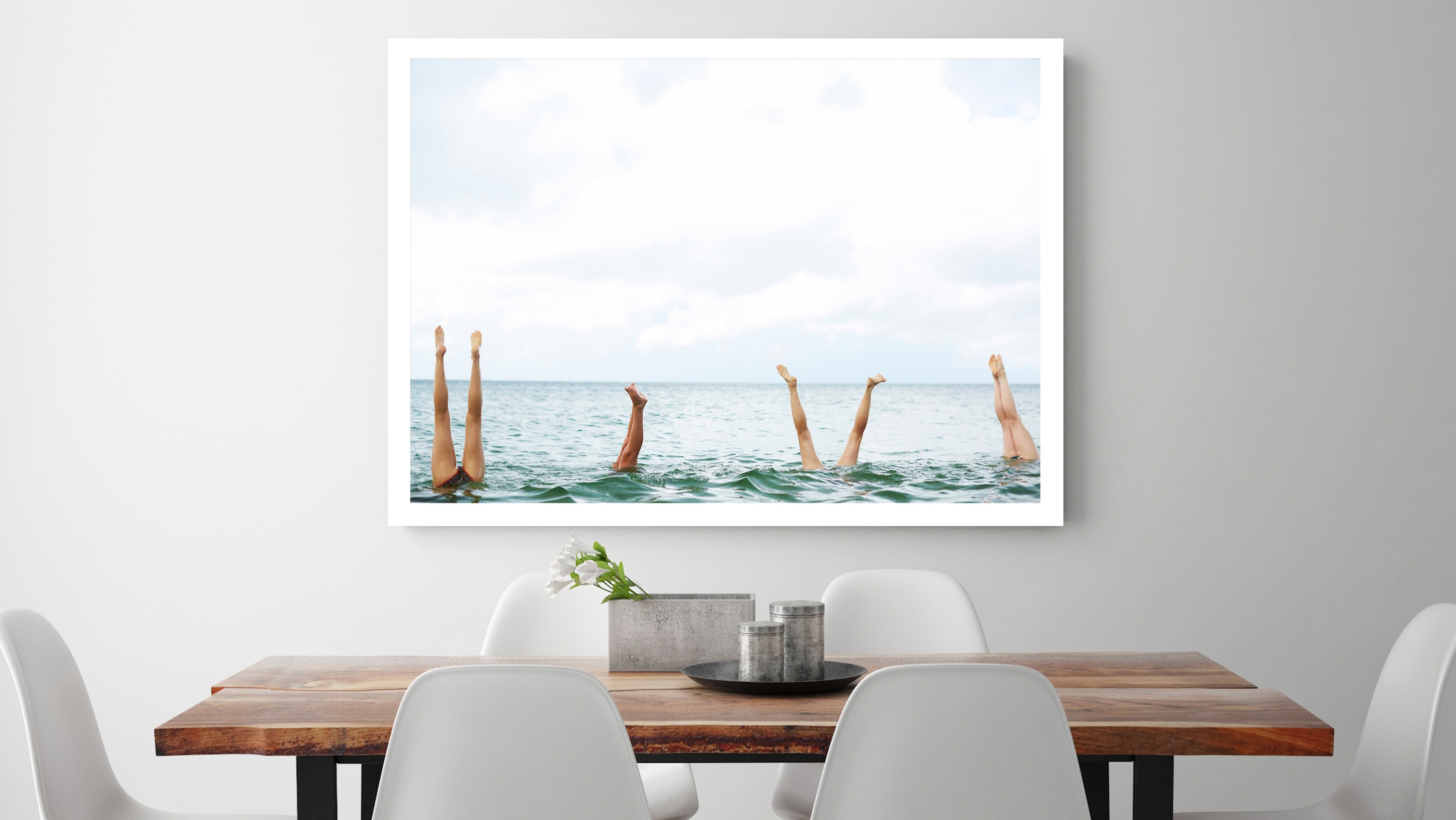When your home stylist told you to paint the internal walls of your home white, you breathed a big sigh of relief. “That’ll be easy,” you imagined. Then you arrived at the paint store to learn that the colour white comes in an infinite variety of hues, shades, and values. Now you’re back at the drawing board. How does one go about choosing the best white paint for internal walls?
The short answer to this challenging question is: it depends on the light, the colours in the flooring material, and the age of the house, among many other things. Choosing a perfect white for your interior walls may be the hardest colour choice you’ll ever make.
Understanding the value of white is a bit challenging on its own. Technically, white is the absence of any colour. Also, technically, white is NOT a neutral colour, which flies in the face of everything your home stylist ever told you. In the world of home design and house staging, however, we’re really not talking about white.
When it comes to choosing the best white paint for internal walls, we’re talking not about the stark white as described above. Instead, we’re talking about white that can be tinted in about a billion ways in order to capture the perfect mood for your rooms. The trick is to decide on how you want your particular white to be tinted. (Right. It doesn’t get any easier, does it?)
The White Families
Cool whites – like all other cool colours – are tinted with blue or black. Because they tend to neutralise intense light, these whites work well in rooms that get a lot of sun. These whites may feel a bit stark, which makes them the ideal white for a home with modern, minimalistic spaces.
Warm Whites – Warm whites are especially apropos if your room is full of earth tones and organic colours. If you are painting in a room that faces south, try using a warm white to give the room a softer side. Warm whites have yellow, brown or red undertones that tend to infiltrate the entire room, leaving it feeling cosy and snug.
Biscuits – If you were not already confused enough by the concepts of warm and cool neutrals in relation to white paint, enter the family we call the ‘biscuits’. These shades are both warm and cool neutrals that are deeper in value than other whites since they are nearer to natural stone in colour. Biscuits will lean toward peach, yellow, brown, and red undertones, giving these whites the ability to add depth to interiors while also offering a sense of tranquillity and serenity.
• Grays – Warm and cool grays are now the rock stars of the neutral palette. They are overwhelmingly popular in the world of interior design today because gray can be used to create a casual and relaxed, or even very formal look. You may hear the word ‘greige’ bandied about in terms of the most popular grays today as they incorporate the wonderful qualities of both beige and gray.
Light is Key
As mentioned earlier, the quality of the light each room gets plays heavily into the best colour for the room. One white does not necessarily fit all rooms. As with any other colour, it’s always best to take your white out for a test drive.
First, pick your five favourite whites, then ask your paint retailer to sell you sample pots of each. Take your samples home and apply them to the most prominent wall of each room in squares of about 10 centimetres. Be sure you have good coverage in these sample squares so that your wall colour is not bleeding through, and then allow them to dry thoroughly.
When you view these whites in natural and artificial light, and at different times of the day. you will see that the light makes a spectacular difference in the way the colours play in the room. This exercise is the very best way to evaluate any paint colour, but is especially helpful when you are considering the most beautiful white for the walls within your home.
Choosing the best white paint for internal walls is certainly not a walk in the park. Do not hesitate to discuss the paint choice with your home stager, who will be happy to help you make a final selection. In the quest for paint perfection in your home, let your stager be your guide.




